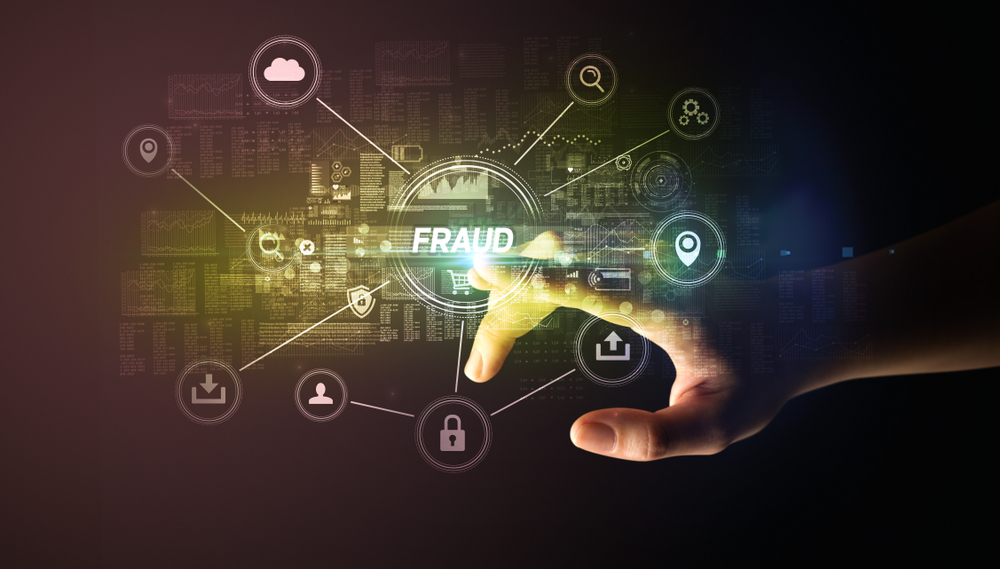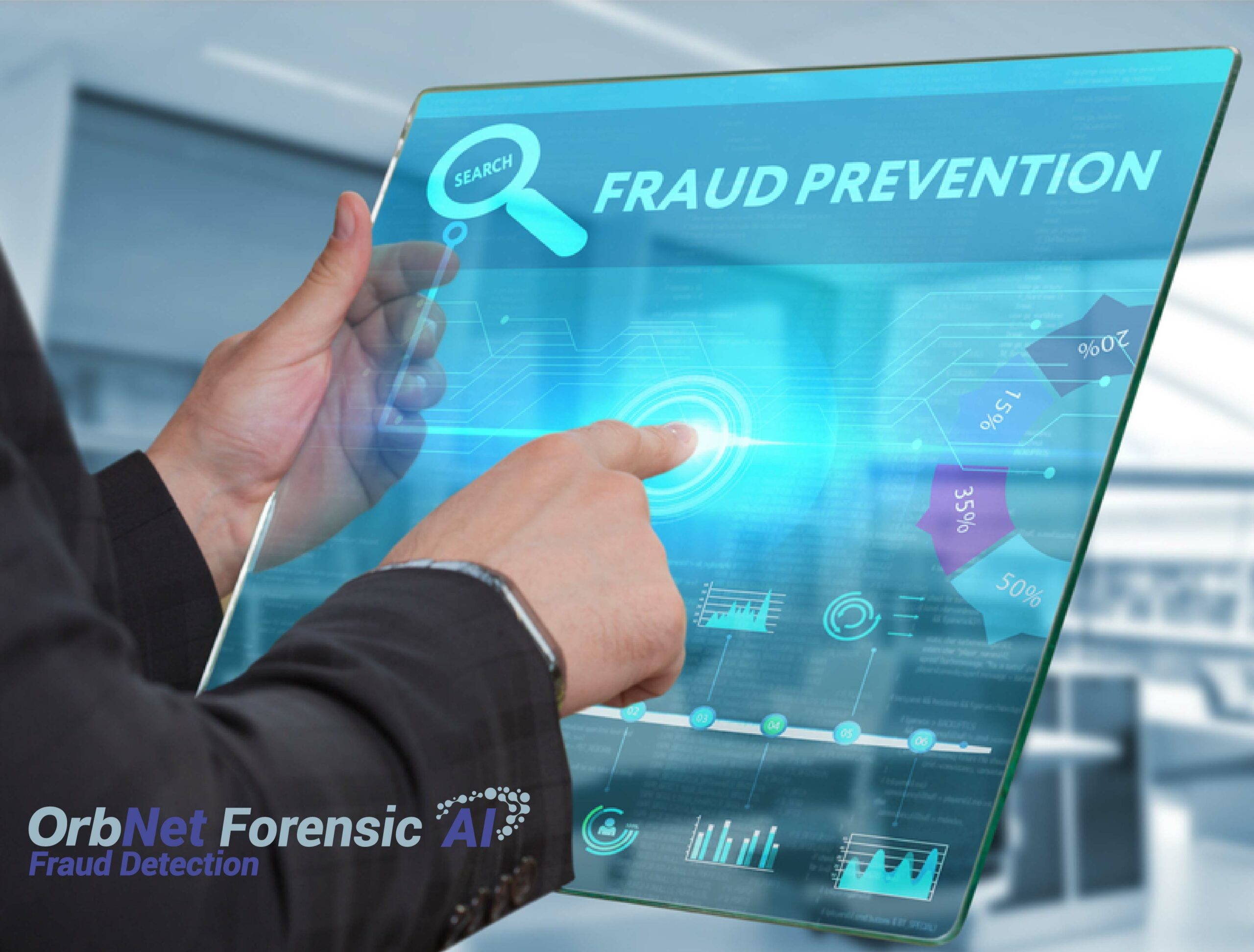Check Fraud: High-Tech Solutions for Low-Tech Crimes
- While the younger generation doesn't use checks frequently, check use is still strong
- Fraudsters are robbing mailboxes - both private and US Postal Service "blue boxes"
- Check fraud can be accomplished with inexpensive tools, making it popular
Jeffrey Weiner, Chairman and CEO at Marcum LLP, posted on LinkedIn about the growing "popularity" of check fraud -- noting that cybersecurity threats can and do start with a physical crime like stolen mail.
The problem has become so much of a headache that the American Bankers Association has been teaming up with the U.S. Postal Service and law enforcement to nip it in the bud. Incidents more than tripled from 2018 to 2022, with fraudsters continually branching out to new schemes, like stealing envelopes containing paper checks out of mailboxes and creating fraudulent checks using Photoshop. Even worse, some of the crooks are employees at the U.S. Postal Service. Regardless, once they get ahold of someone’s account information, it’s easy for them to take over the entire account and create a world of pain for whoever is trying to undo the damage. I know this firsthand. It happens to us at Marcum multiple times a year. Whether it’s my personal account or one of the many business entities I sign checks for, we have attempts to pass fraudulent checks with our account numbers more times a year than I care to admit.
Mr. Weiner goes on to note that his very own personal account, as well as many business entities that he signs checks for, have been the target of fake checks with his account numbers. However, "Fraud is a big, global industry, and fraudsters never run out of ideas for making money. But fortunately, it looks like there’s one opponent they haven’t banked on: AI."

Stolen Checks from the Mail
Even as the younger generation does not use checks regularly (or, indeed, at all), The Federal Reserve Bank of Boston reports that fraudsters are drawn to check fraud by the relative simplicity of the crime:
Last year, banks issued about 680,000 reports of check fraud, nearly double what they reported in 2021. And one expert predicted total check fraud will hit $24 billion in losses this year, roughly twice what it was just five years ago.
How has check fraud come back into vogue at a time when paying by check is less popular? The answer is opportunity. It’s a low-tech and relatively easy crime to pull off, and there is still a sizable pool of potential victims.
Indeed, "the ever-dwindling pool of checks" in circulation was obviously still well into the billions in 2022, and the chain of mail custody has proven a soft target for exploitation.
- Criminals steal the master keys that open residential mailbox clusters
- They pull checks out of collection boxes using homemade tools, including strings tied to bottles drenched in glue
- They also case neighborhoods and steal the mail intended for pickup

Low-Tech Crime vs. High-Tech Detection
Many times, check fraud is a low-tech crime (although we see more and more fraudsters utilize software to alter check images or create digital counterfeits). Fraudster simply need to purchase chemicals from the local drug store to "wash" the payee name off a check and deposit it either via mRDC or ATM.
However, whether the fraudster using a low-tech method or leverage software to perform the fraud, financial institutions need to step-up their tech to detect these fraudulent checks. For many years, financial institutions invested most of their fraud dollars on shoring up cybersecurity. This meant that checks were largely ignored -- enabling fraudsters to exploit this payment channel.
Financial institutions are now deploying a multitude of technologies, including: behavioral analytics, to monitor transactions of an account; image forensic AI to analyze the images of checks for counterfeits, forgeries, and alterations; consortium data to validate and verify check and account information, and; other technologies like dark web monitoring. The key to stopping fraudsters is deployment of these high-tech solutions to ensure that fraudulent checks are detected before any losses are taken.
